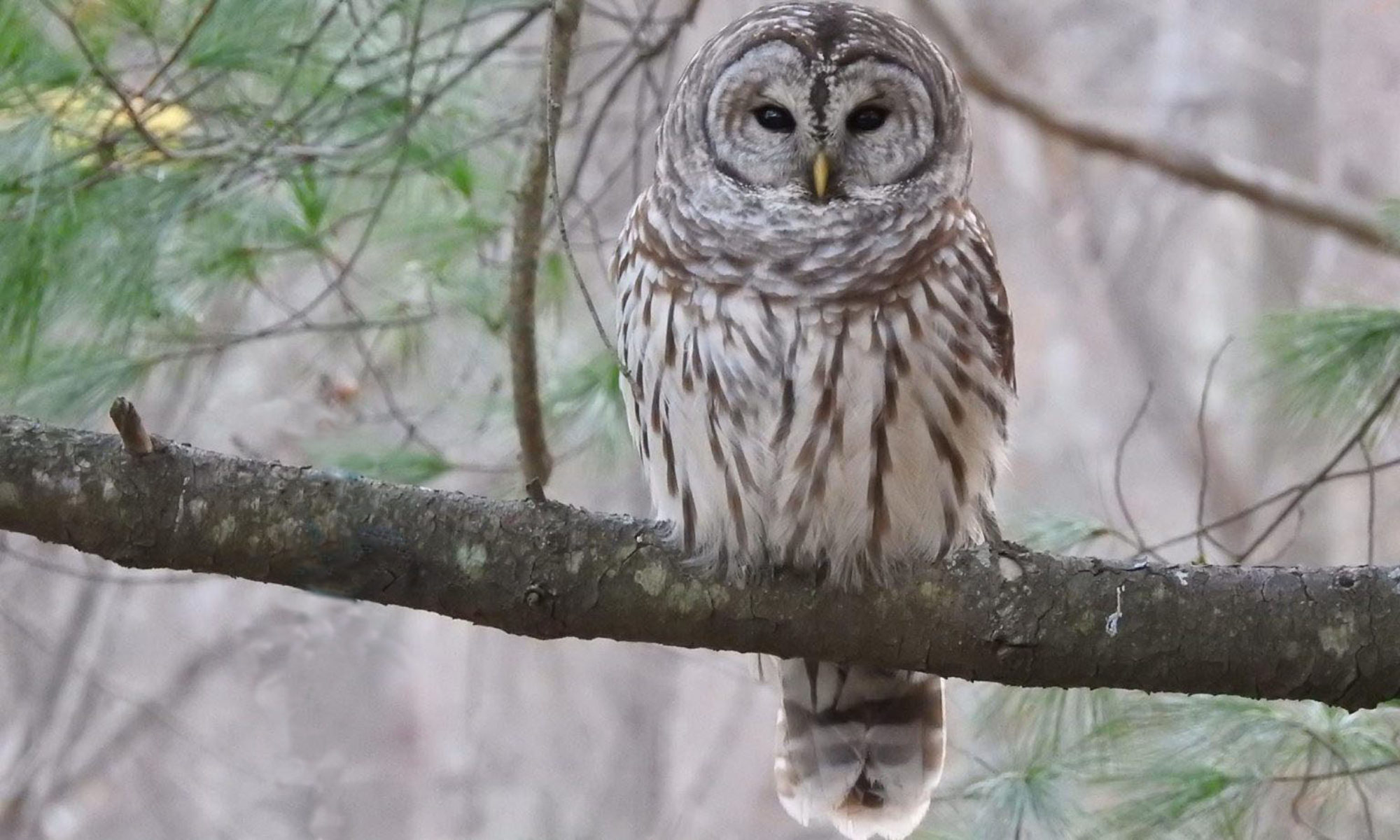The boy and I have returned from the American Birding Association’s Acadia Adventure Camp, a weeklong guided adventure and camp experience for birders aged 9-12. The boy picked up ~ 10 lifers, and I unexpectedly got one, too (Common Murre–I didn’t realize it had eluded me.). I also converted a half lifer* Arctic Tern on the trip.
It was encouraging to see the next generation of birders bonding over new birds and making new friends, and, while there is some distance still to go in diversity (especially in the male/female proportion of participants), it was heartening to see the boys and girls from different backgrounds, coast to coast, coming together to enjoy each others’ company and share in common appreciation of the birds.
That appreciation and eager dedication to birding was palpable among the happy campers, from the near-universal, enthusiastic participation in the “optional” early morning birdwalks to the evening Common Nighthawk stakeout at the ballfields. The kids were all-in, up for rain, fog, or shine, bright-eyed and bushy-tailed, determined to make the most of the week.
Many thanks to our fantastic guides: Holly Merker, Seth Benz, Jason Guerard, and most of all to the trip’s organizer and ABA Young Birders Program Coordinator, Laura Guerard. They channeled this enthusiasm, patiently leading the group on a most memorable birding adventure.
- a “half lifer” is a bird that I recorded to my life list many years ago, but did not record the exact date or location — one that I know I have seen but not exactly when or where. eBird allows you to keep such incomplete records in a “list building” checklist in order to count birds that contribute to one’s life list, et cetera, without running afoul of good citizen science data collection protocols. When I see one of these birds more recently, I take them off the “list building checklist” so that the more recent record shines through. I call these “half lifers.”



